2024 Volkswagen Atlas and Atlas Cross Sport Review: First Drive

Love It | Leave It |
|---|---|
Improved cabin | Clumsy infotainment |
Better engine | No hybrid option |
Still so darned spacious | Cross Sport isn't much cheaper |
The 2024 Volkswagen Atlas family is big in more ways than one.
The largest VW on offer here in North America has been a sales hit, shifting almost half a million units in the US alone since its 2018 intro. (The Cross Sport arrived two years later.) It's also something of a profit machine for the brand, the sort of made-in-America success story the brand could use in a post-Dieselgate world.
Needless to say then, the 2024 edition does not mess with success. Call it optimization, with a simplified engine lineup, more standard features, and tweaked styling to keep the Atlas looking fresh. We headed to upstate New York to get to know both the Atlas and Atlas Cross Sport, and figure out where they fall in their respective segments.
What's new?
Not the platform. No, the Atlas and Atlas CS still both ride on VW's ubiquitous MQB platform, which underpins every one of the brand's ICE vehicles here in North America. This is instead a more thorough facelift—the second for the three-row Atlas. Up front, the Atlas twins get taller, squarer (adaptive) LED headlights, which cleanly integrate with a redesigned grille. Current VW family touches like an LED light bar atop the grille, and a light-up badge, help to modernize the Atlas and Cross Sport. Fun fact on the latter: ICE vehicles will light up only the outline of the VW logo, whereas EVs light the whole thing up.
Around back, there's a thick heckblende connecting the LED taillights; a riff on a very popular current car design theme that gels well with the inherent largeness of the Atlas itself. There are a handful of new color, trim, and wheel choices rounding out the updates, too. There's also the glamping-friendly Peak Edition, which adds a smattering of rugged design features and 18-inch all-terrain tires to the mid-trims, but has no mechanical changes. Volkswagen had one on-site, but everything we drove was the top SEL-Premium R-Line (known as Execline R-Line in Canada).
Inside, Volkswagen has zhuzhed up the previously pedestrian digs of the Atlas twins. The old cabin was functional but little more; there's a big focus on material quality for '24, and a more elegant look. The update naturally includes more screen real estate too, and also more standard features.
VW has said auf wiedersehen to the VR6 engine for 2024. Under every Atlas hood now sits an updated 2.0-liter turbocharged four-cylinder. Horsepower is rated at a maximum of 269—just 7 hp shy of the outgoing V6—while torque peaks at 273 pound-feet; up 7 lb-ft. That twist all comes on much ealier than before, however, and sticks around for longer, which has more of an impact on the driving experience than you may expect.
One engine better than two
Out on the roads that criss-cross the Catskills, the Atlas is calm, collected, and capable. I'm in the three-row model first, and that's the one I've most recently driven pre-facelift, in a face-off with the Nissan Pathfinder last year. At the time, our biggest complaint with VW's big guy was that its handling was seemingly modelled after the body-on-frame SUVs a class up. It always felt large.
Not so with the facelifted model. VW reps assured me there have been no changes to the suspension or chassis for 2024, so I'm left to conclude it's down to the new engine and the corresponding weight reduction in the nose. Okay, the much better tarmac situation of Catskills summer versus Toronto winter must play a part, too. Nonetheless, the Atlas just feels tidier, and much easier to place. The steering has an easy-going lightness to it, but is accurate and consistent. Nobody will mistake it for an XXL-sized GTI, but the Atlas now aligns better with the rest of the mid-sized segment.
That new engine does great work in the mid-range. The thick wave of torque allows the Atlas to make brisk progress regardless of the current gear. The eight-speed auto is generally solid too, doing its best work by blending into the background. There was one instance where the 'box stuck to first gear for far longer than expected: I'm talking 6,000 rpm after pulling a three-point turn, and no, it wasn't in Sport mode or under manual control.
Yes, there are drive modes. Sport pipes in some not-unwanted faux engine noise as it holds gears longer, but functionally does little else beyond bathing the dials in more red. There was zero off-roading baked into the drive program, so no opportunity to test the appropriate drive mode, which is included on all 4MOTION all-wheel drive models. (Front-drive continues to be standard on the SE in the US; Canada is AWD-only.)
I drive the Cross Sport after lunch. It is functionally identical to the three-row. The view out the rearview mirror is just tighter.
The new engine's economy ratings are nothing to write home about. The front-drive model posts 20 mpg city and 27 mpg highway for a 23 mpg combined rating. Switch over to AWD and the numbers are 19, 25–26, and 21–22 mpg, respectively, depending on trim. The Peak Edition knocks an additional 1 mpg off the lowest scores. Towing capacity remains unchanged at 5,000 lb.
Two cabin steps forward...
The feeling of bigness is one of the Atlas' major selling points, so I'm happy to report it still feels exceedingly spacious inside. If anything, the front row is even more inviting, as the switch to drive-by-wire has allowed for a pass-through below the center console. The bridge-like console is a classy upgrade—check out the little shifter knob, which apes the one in the latest Porsche 911—though there is too much piano black for my tastes. The dashboard redesign is another win as well, with a more concave surface, subtly protruding air vents, and a healthy amount of contrast stitching and perforated leather. Soft-touch materials line the doors, which still feature ample storage cubbies for water bottles or other knick-knacks.
The three-row uses tasteful open-pore wood and the lighter of four leather choices; the Cross Sport swaps in a faux carbon fiber and black quilted leather with blue underlay poking through. The quilted leather is available on the regular Atlas as well, but trades the blue for silver.
For 2024, every Atlas now includes three-zone automatic climate control, a heated steering wheel, height-adjustable front passenger seat, and ventilated front seats. The latter is especially impressive, as that can be something that doesn't show up until the penultimate trim on some competitors. That said, while most trims offer outboard heated second-row seats, ventilation never shows up there—something more competitors are now offering.
Space is simply not a concern in the Atlas. Adults can easily fit in the first two rows, and the optional panoramic roof lets plenty of natural light in. The three-row model has the advantage of a sliding second row as well, so occupants can stretch out or sacrifice a bit of space for those behind them. That said, even with the second row slid all the way back, I still fit fine in the way-back. Would I want to keep my 5'10" self in there for a cross-country trip? No. But 33.7 inches (856 millimeters) of legroom is still class-leading. Yes, even better than the embiggened Toyota Grand Highlander.
Switch to the Cross Sport and you've got a positively cavernous cargo hold, with 40.3 cubic feet (1,141 liters) behind the seats. Both models feature articulated fold-down seats, which makes for a flatter load space when driven in two-seat forms.
...one infotainment step back
If only I could be as positive about the Atlas pair's infotainment setup. VW's current interface has taking a beating from reviewers the last few years, and while I'm sure it'd be less of an annoyance over long-term ownership, first impressions still count. The screen itself is suitably high-res, but so little of its interactions are intuitive. The infamous temperature adjustments are needlessly fiddly. My drive partner and I accidentally activated the voice assistant only to then deactivate the navigation's tracking of our current location. Only random button pressing eventually got the system to focus back on us; we never did find the button to have our current heading always be "up," either. At least wireless Apple CarPlay works quickly and without issue.
It isn't all bad. The digital instrument cluster is sharp, and being able to keep the navigation right in front of the driver is helpful. I'm also a big fan of VW's around-view monitor, which includes a front-facing camera that turns with the wheels. Super smart.
Speaking of assists, Volkswagen has augmented the Atlas and Atlas Cross Sport's standard driver assist suite for 2024. IQ.Drive now includes active side assist, lane assist, full-range adaptive cruise control (with stop-and-go), and emergency assist. A rear cross-traffic alert is also standard.
Dollars and sense
Pricing for the 2024 Atlas starts $39,075 ($52,045 CAD), including destination. That nets buyers an SE model (known as Comfortline in Canada), which still includes the expanded safety suite, three-zone climate control, ventilated seats, heated mirrors, and adaptive LED headlights. 4Motion AWD is a $1,900 option in the US, and included as standard in Canada. There's also an SE Tech, which adds 20-inch alloys and other goodies for $43,015 (FWD) or $44,915 (AWD). The SEL ($49,795; Highline for $59,045 CAD) adds AWD, leather seating, navigation, head-up display, and other bits. At the top of the trim walk is the $53,795 SEL-Premium R-Line ($62,045 CAD Execline R-Line), which bumps up to the pretty 21-inch alloys, and adds the 360-degree camera, Harman Kardon sound system, and unique styling bits.
The Peak Edition builds off the SE Tech and SEL in the US, ringing in at $47,905 and $51,785, respectively. In Canada, the Peak Edition comes in just one flavor, roughly aligning with the SE Tech but making the pano roof a standalone option. It runs at $56,095 CAD.
Buyers looking for the Cross Sport will find the same trim walk in both countries, minus the Peak Edition. Like-for-like, the Cross Sport is $1,010 ($1,100 CAD) less than an equivalent Atlas.
As is typically the case between the markets, Canada skews towards higher trims, with most sales coming from the top trim north of the border. According to a VW Canada rep, Cross Sport buyers also tend to be older—12 years, on average—and are typically empty-nesters. In the Great White North, it's the younger folks who are going for the three-row: over half of its buyers are millennials or Gen Zs.
Final Thoughts: 2024 Volkswagen Atlas and Atlas Cross Sport First Drive Review
As we covered right at the start, the 2024 Atlas doesn't dramatically change what came before. There are smart upgrades here, reinforcing what has made this SUV such a hit for VW: space, design, and comfort. The new engine mixes the best attributes of the previous two (except fuel economy), and seemingly transforms the driving experience for the better. Volkswagen has also added plenty of appreciated standard equipment, and ramped up cabin quality. The Atlas was always meant to better align with North American tastes than the Touareg—big and cheap, basically—yet the 2024 keeps the price reasonable without reminding folks of that fact inside.
We still don't love the brand's infotainment, and wouldn't say no to a hybrid powertrain to offset the thirst. Beyond those two quibbles, however, the 2024 Atlas lineup is a strong one, and VW should expect another chapter for this success story.
Become an AutoGuide insider. Get the latest from the automotive world first by subscribing to our newsletter here.
Engine: | 2.0L I4 Turbo |
Output: | 269 hp, 273 lb-ft |
Transmission: | 8AT, FWD/AWD |
US Fuel Economy: | 20/27/23 (FWD), 19/26/22 (AWD SE + CS), 19/25/21 (Atlas SEL), 18/24/20 (PE) |
CAN Fuel Economy: | N/A |
Starting Price (USD): | $38,065 (CS), $39,075 (Atlas) |
As-Tested Price (USD): | $52,795 (CS), $53,805 (Atlas) |
Starting Price (CAD): | $50,945 (CS), $52,045 (Atlas) |
As-Tested Price (CAD): | $60,945 (CS), $62,045 (Atlas) |

Kyle began his automotive obsession before he even started school, courtesy of a remote control Porsche and various LEGO sets. He later studied advertising and graphic design at Humber College, which led him to writing about cars (both real and digital). He is now a proud member of the Automobile Journalists Association of Canada (AJAC), where he was the Journalist of the Year runner-up for 2021.
More by Kyle Patrick




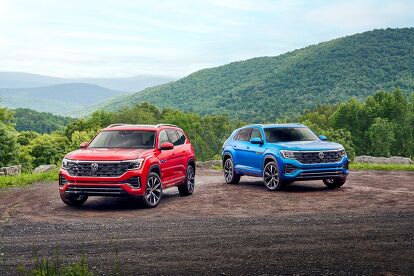

















































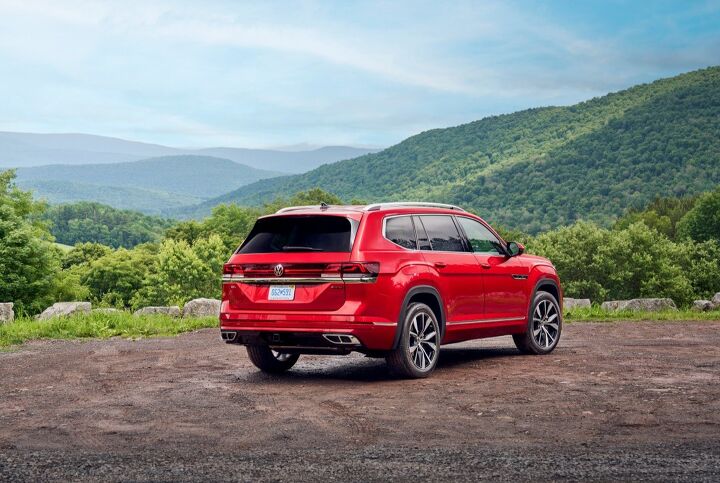























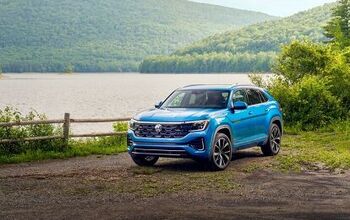
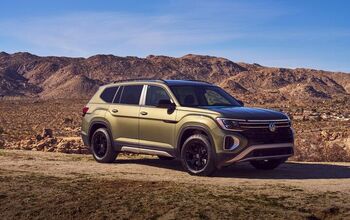

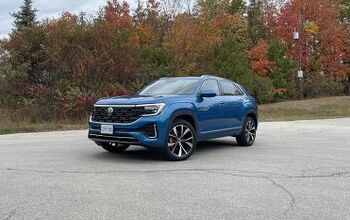
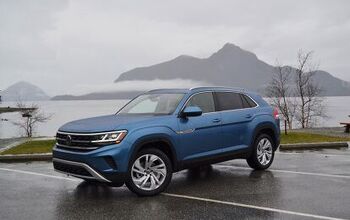

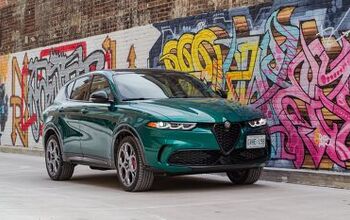

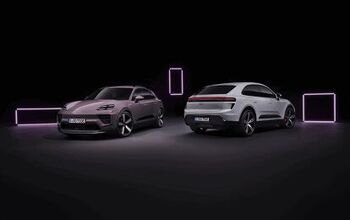
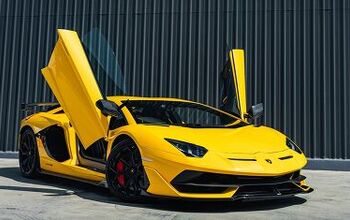

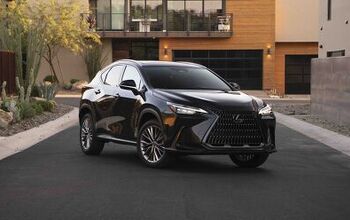
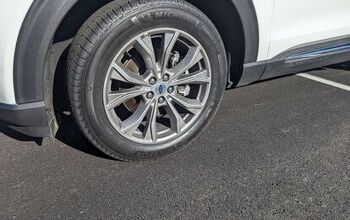

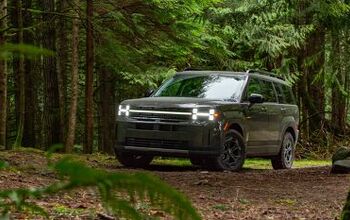

Comments
Join the conversation
A 4 cylinder in a vehicle of this size / weight? I'm a fan of VAG vehicles, and like the styling and interior updates but I would pass on this 4 cylinder configuration.